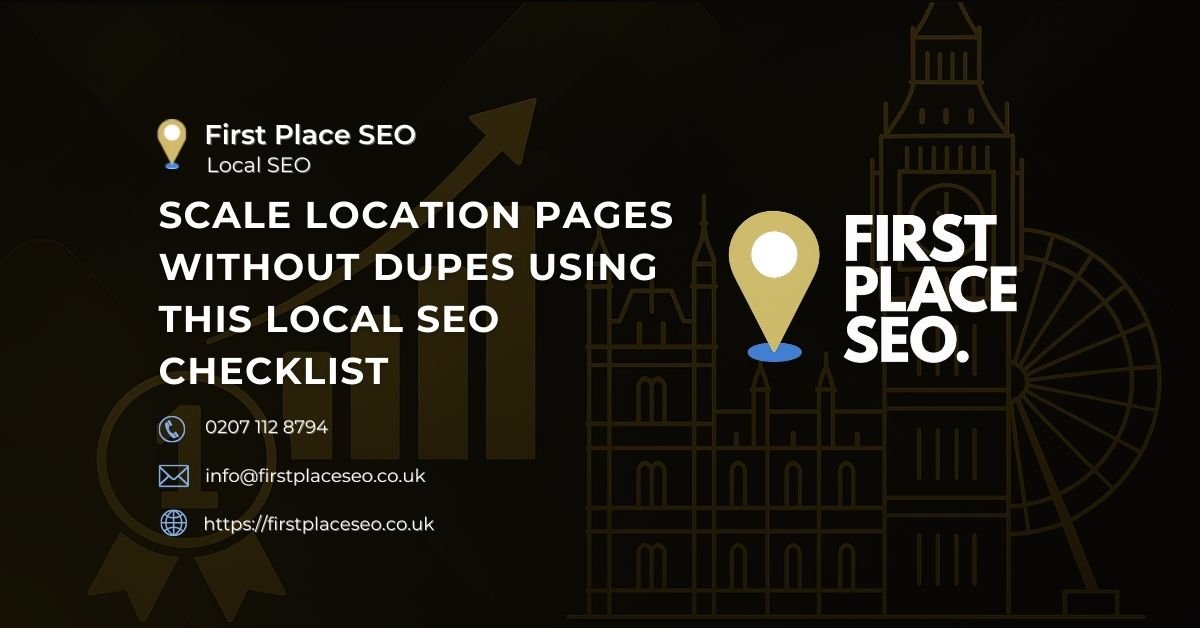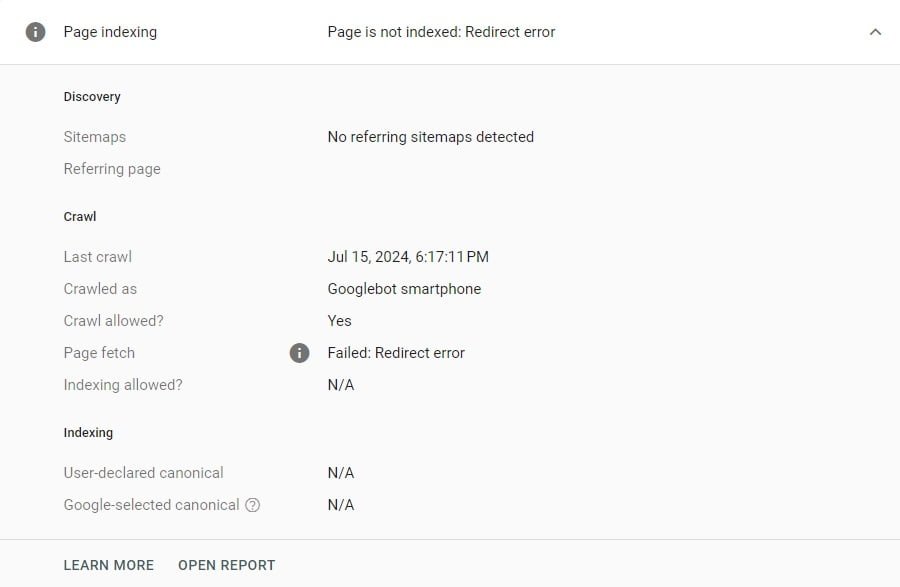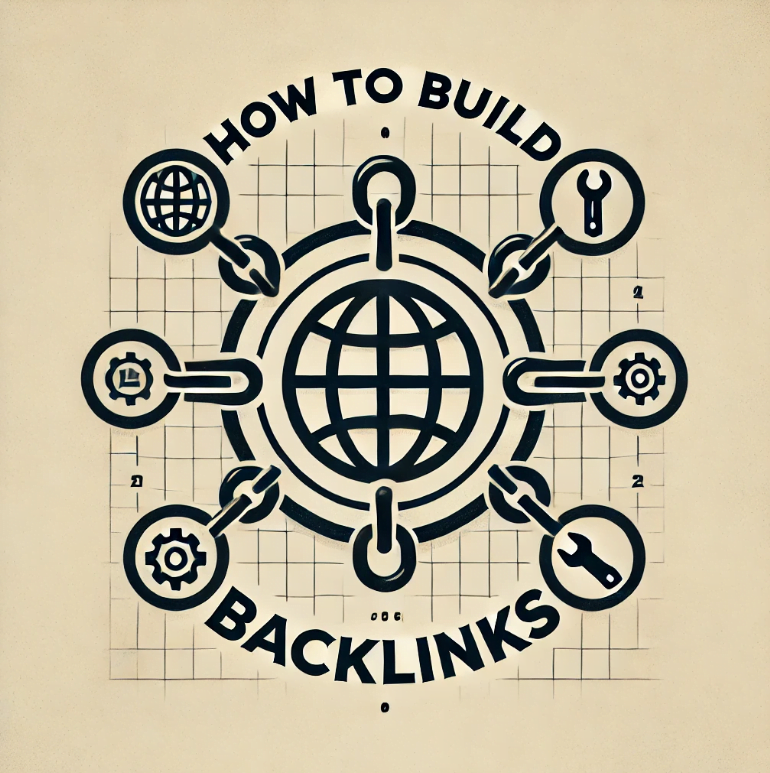How do you scale local SEO without creating duplicate or thin content?
To scale local SEO effectively, you need clear objectives, repeatable content structures, localised information, and technical measures to avoid duplication. This checklist provides a framework for building over 100 hyperlocal landing pages that are search friendly, user focused, and compliant with Google’s guidance.
Here's What We Have Covered In This Article
1. Set Clear Goals Before You Start
-
First, decide how many locations truly need individual landing pages. Focus on those where your business actually operates.
-
Then, define what success looks like: calls, bookings, or in store visits.
-
Prioritise locations that have strong demand or business value.
-
Avoid targeting places where you do not provide service, as this wastes resources and misleads users.
-
Use Google Search Console, Analytics, and your KPIs to tie goals to measurable outcomes.
-
Use these insights to shape your local SEO roadmap and multi location SEO structure.
2. Find the Right Local Keywords for Each Page
-
Start by researching real world search demand. Use terms like “service in area”, “near me” queries, and specific landmarks.
-
Rely on data tools like Google Keyword Planner, SEMrush, and Google Trends to confirm what people search for.
-
Include geo targeted SEO terms and location modifiers that reflect real user behaviour.
-
Avoid trying to rank for low volume terms that will not drive traffic.
-
Do not simply swap out city names in a generic template. That tactic no longer works.
-
Instead, make sure every keyword matches your service coverage and search intent.
3. Build a Page Template That Can Scale
-
Create a layout that includes a welcoming introduction, a list of services, client testimonials, embedded maps, and clear contact options.
-
Use dynamic placeholder fields like {City}, {Postcode}, and {Opening Hours} to speed up the publishing process.
-
Build this structure using your CMS so it can be reused, but customise the content for each location.
-
Each page should feel tailored to its audience while following a consistent structure.
-
Document everything from layout to naming conventions to streamline the process for future updates.
Example of a Scalable Page Layout
-
Use a clear title such as “Emergency Plumbing in Barnet.”
-
Follow with a short introduction about your work in the area.
-
List relevant services: drain clearance, pipe repair, or CCTV surveys.
-
Show reviews from local customers to build trust.
-
Add a map showing your service zone.
-
Finish with a contact form or phone button.
-
Use schema to tag address, service hours, and contact info.
4. Add Real Local Details to Every Page
-
Add testimonials from people in that neighbourhood.
-
Include staff bios or team introductions if possible.
-
Reference parks, roads, or shopping centres to help the page feel relevant.
-
Use original images from the area, not stock photography.
-
Embed Google Maps with accurate pins and directions.
-
Incorporate local relevance signals such as postcode clusters, community events, or references to nearby services.
5. Stop Duplicates with Canonical Tags and Smart Indexing
-
Canonical tags help Google understand which version of a page should be prioritised.
-
Apply noindex where a page adds no distinct value or overlaps too heavily with others.
-
Be especially careful with overlapping zones like “London” and “Hackney.”
-
Avoid generating unnecessary pages that confuse crawlers or water down authority.
-
Use tools like Screaming Frog to track and fix duplication issues.
-
Set up proper duplicate content management workflows to resolve conflicts quickly.
Pro Tip : Add local business schema to every location page to improve trust and SERP visibility.
Avoid SEO Penalties From Duplicate Pages
Get expert help fixing duplicate content, index bloat, and crawl waste today.
6. Organise Your Location Pages in a Clear Site Structure
-
Group pages in a logical folder structure or use subdomains if absolutely necessary.
-
Link related locations to one another using menus, breadcrumbs, or content blocks.
-
Include these pages in your XML sitemap.
-
Avoid leaving any page without an internal link. That makes it harder for search engines to find.
-
Create landing pages for each region or service group to act as navigation hubs.
-
Align site structure with service area schema to improve crawlability and local SEO coverage.
Folder vs Subdomain: What Should You Choose?
-
Folders are ideal for most businesses. They are easier to manage and keep all SEO value under one roof.
-
Subdomains may work if your locations are franchised or operate semi independently.
-
Always ensure subdomains are linked to your main site to avoid SEO fragmentation.
7. Set Minimum Content Standards for Each Page
-
Write at least 300 to 500 words per page.
-
Add a short paragraph explaining why you serve that area.
-
Include at least one original image or embedded map.
-
Add a testimonial or location based FAQ.
-
Every page should be helpful, specific, and distinct.
-
Use content uniqueness metrics to identify and improve weak or duplicate entries.
8. Write Unique Titles and Meta Descriptions
-
Give each location its own title that includes service and place name.
-
Do not copy and paste descriptions across pages.
-
Mention your USP: same day response, local technicians, or 24 hour service.
-
Keep it natural and engaging. Think about what would make you click.
-
Tools like Screaming Frog or RankMath can help identify duplicates.
-
Cover SERP intent clearly by targeting the user’s question within your metadata.
9. Use Local Photos, Maps, and Reviews
-
Use original images showing your team, equipment, or local jobs.
-
Embed maps so users can quickly find you or see coverage zones.
-
Feature real reviews from local customers.
-
Add schema markup to help Google understand and trust your location data.
10. Track Rankings and Conversions by Location
-
Use BrightLocal or Google Search Console to track keywords on a per location basis.
-
In Google Analytics, create goals to track form fills, phone calls, or map clicks.
-
Compare performance between cities to spot gaps or successes.
-
Focus attention on areas with traffic but poor conversion. They likely need better CTAs or content.
-
Tools that help manage multi location websites efficiently can save significant time during reporting.
Pro Tip: Avoid copy-pasting templates. Even small details like local landmarks boost uniqueness.
Build Pages That Rank and Generate Leads
Let us handle the structure, schema, and copy so your team can focus on growth.
16. Troubleshoot Pages That Do Not Rank or Convert
-
Check Search Console for pages with no clicks or impressions.
-
See if internal links are missing or if content is too thin.
-
Refresh the page with better local details or stronger calls to action.
-
Merge weak pages into nearby ones if needed using 301 redirects.
Common Mistakes to Avoid
-
Skipping pilot testing: Start with one or two pages before rolling out dozens.
-
Duplicate content: Every page must have something unique about it.
-
Neglecting indexing control: Canonical and noindex tags are essential when pages overlap.
-
Targeting areas you do not serve: This only creates bounce and confusion.
-
Outdated pages: A stale location page can lose traffic even if it once ranked well.
Frequently Asked Questions
Can I use the same layout for all location pages?
Yes, but customise the content. Use the structure as a base, not a shortcut.
How often should I update location pages?
Every three to four months is best practice. Stay current with services and reviews.
What if I do not have a physical address in the location?
Use service area schema and clear language about coverage. Do not imply a storefront.
How many location pages is too many?
As long as each one is unique and useful, there is no limit.
This checklist helps you build local pages that scale, convert, and comply with Google’s expectations for quality.











